Introduction
I'd like to show you my favorite gadgets. Each time I buy something geeky, I try to find and use each function and customize it my way.
The goal is also to write content not related to myself, in case you would have believed that I was a selfish guy :). You'll find some interesting details about each object. These are not tests, but my point of view, particularly on the use I make of these products. Don't hesitate to contact me if you are eager to know more.
Select a category of device:
The routers
I'm pleased to start with the most important tool, the router. Used to provide Internet to all my other gadgets, or sometimes to bring my stuff to the Internet.
Turris Omnia
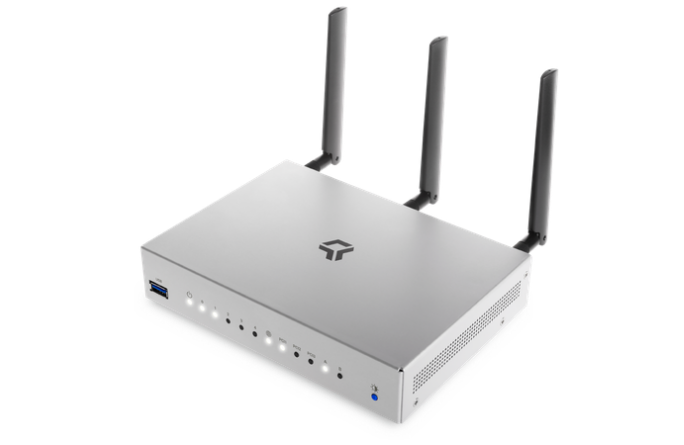
I currently own a Turris Omnia, a router developed by the CZ.NIC association. It was the obvious choice when it was released because it runs OpenWRT which is my OS of choice for a router. I like how OpenWRT is easy to configure and use. The Turris Omnia is powerful enough to handle my gigabit access to the Internet provided by Init7. I'm a bit disappointed by how the manufacturer forked OpenWRT: the result is a bit messy.
Linksys WRT160NL
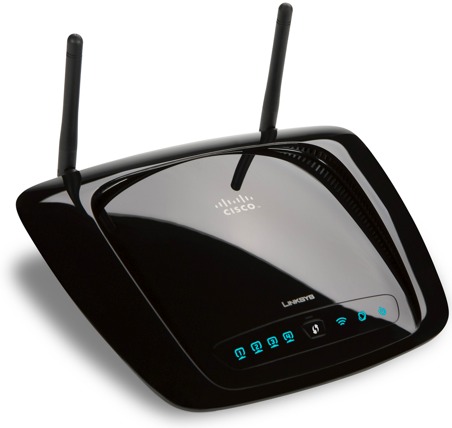
My previous router was a WRT160NL. This router is small but fast, and it did a fantastic job. The design is far less geeky than my previous WRT54GL, but it has beautiful blue LEDs to show you when it works. At that time, it was one of the best customizable routers (after the WRT54G series) because it had good specifications, particularly its 8MB flash memory.
I didn't even try the default Linksys firmware: I removed it on day one to install OpenWRT. Installing OpenWRT is an easy task that gives you a compelling router with features from professional models such as VLANs, VPN, and web hosting, thanks to nice guys who create tons of interesting packages. OpenWRT comes with a pretty interface to manage most of these features. I installed a Nginx web server to host this website for a while and to make a reverse proxy to my NAS where some of my projects were hosted. I also set up an OpenVPN server, which is pretty cool to play old video games with my friends.
I like to play with custom firmware. I've compiled my own OpenWRT to remove extra stuff I don't use and bundle some other packages. Unfortunately, I made a mistake one day and bricked the router. It was hard to recover because the serial contact points on the PCB are not easily accessible. I finally succeeded with a Nokia DKU-5 and a bit of soldering.
Linksys WRT54GL
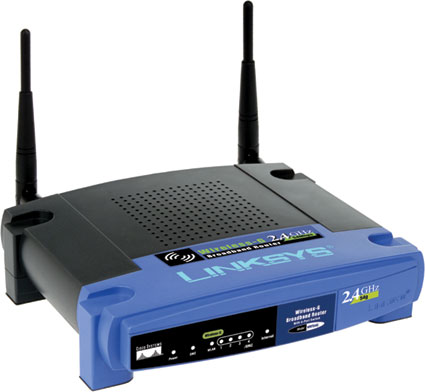
A long time ago, I was a user of the mythical WRT54GL with DD-WRT and OpenWRT.
The NAS
I've been using a NAS to store my data for years. Thanks to a NAS, I can access my data from different computers (even from my smartphone) and through a VPN. Nowadays, a NAS can also be used as a media server or to host your pet projects thanks to the support of different programming languages, Docker, or SQL databases.
I really enjoy using Synology products because of their OS, which is straightforward to use. The web application they provide to manage the NAS is really nice and powerful. Moreover, Synology does a fantastic job with their firmware, and their products are often updated. There are many features to test and play with, like a media server, their surveillance station, or an e-mail server.
Synology DS923+
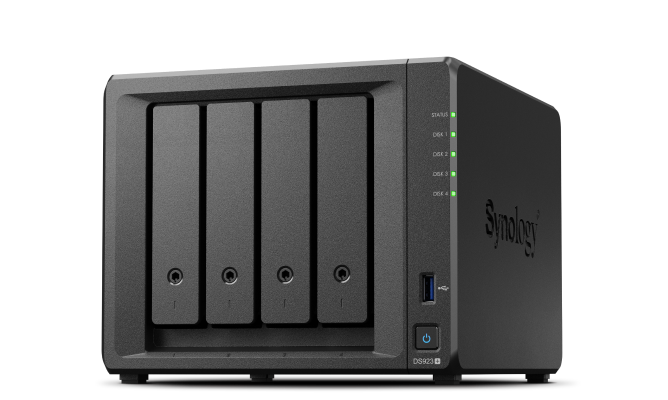
I'm currently using a DS923+. The disks of my previous DS1512+ were dying, and the NAS itself was not supported by the latest version of DSM, the OS developed by Synology. Even high-end Synology NAS now have an external power supply (which I dislike) so I chose a simple 4-bay model to be able to set up a RAID 5. I filled it with 4x6TB Western Digital (red series).
I am mostly using my NAS to store photos. The total amount of data I own no longer grows exponentially. For my old videos, I installed Jellyfin with Docker, and it works well.
Cloud storage is still too expensive to be used for backups. Instead, I use two portable USB hard drives that I store in secure locations.
Synology DS1512+
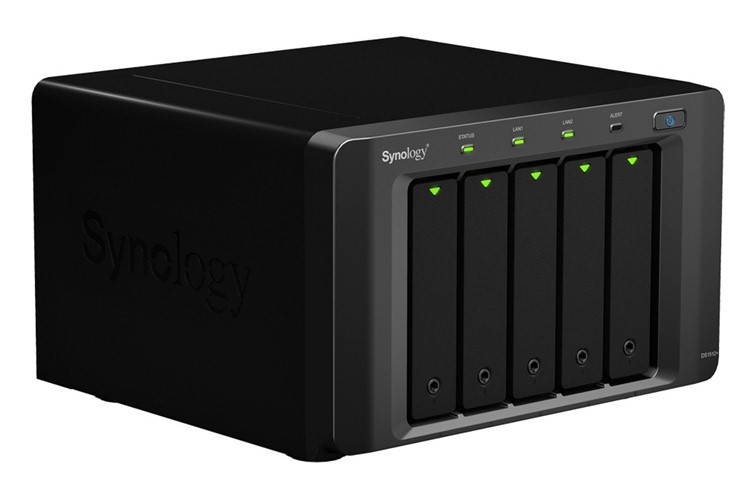
My previous NAS was a DS1512+. I needed a new NAS to replace my DS409+, which had three problems: no wake on LAN, not enough disk space, and an external power supply. So I bought this bigger NAS. In fact, it is more of a PC than a NAS. It has a lot of USB (v3 and v2) ports, two e-SATA ports, and two 1Gb links. I filled it with 5x2TB Western Digital hard drives (red series, made exclusively for NAS) in RAID 5 to build a huge 8TB volume. I hope to have enough space for 4 or 5 years!
This new NAS is less noisy than my previous DS409+, mainly thanks to the new hard drives. These drives are really cool: they offer good performance, are quiet, and stay cold. Regarding the software, it is the same as for the DS409+: nicely integrated, there are tons of features, and everything works perfectly. I like it.
Synology DS409+
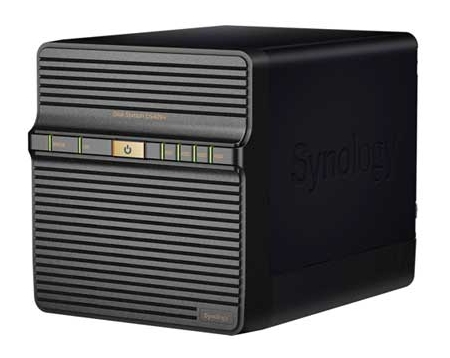
In 2009, I bought a DS409+. This was an excellent NAS. Inside, I've put 4x1TB Western Digital hard drives (blue series) in RAID 5. Unfortunately, with 4x7200rpm hard drives, this NAS is really nosy and power greedy. It is a price to pay to have such good equipment at home.
You can manage it via SSH if you feel comfortable with the command line. By default, you can't install any other software, but it is easy to add ipkg which will provide you with plenty of packages. I couldn't resist installing it and adding an SVN and an LDAP server.
The phones
For a long time, I've been interested in the progress made in smartphones. From my very first smartphone, the SPV E200 from 2002 (a Windows Phone made by HTC for a French mobile operator) to the smartphones of 2020, it's hard not to be amazed by the evolution. But now it's done. The new iterations are not worth the update. Don't get me wrong; I'm still pleased by the new devices, but they don't bring enough new features to be interesting.
Generally I update my smartphone only when someone around me is interested in my current phone.
Google Pixel 9
Same old story: I gave my Pixel 6 to my mom and bought a Pixel 9 for myself. I don't understand why they decided to round the screen corners. It doesn't reduce the phone's overall size, but it makes the screen less usable. For example, it makes tapping the "Skip ad" button on YouTube more difficult. I hope that's not intentional. Battery life is disappointing, and the camera is underwhelming.
Overall, the phone isn't bad, but it's telling that a three-generation gap has brought so few improvements.
Google Pixel 6
The OnePlus One I gave to my dad was dying. So it was time for a shift. I bought myself a new phone and gave him my OnePlus 5T. After the decline of the OnePlus brand and from what I learned about their bad tweaks to their version of Android (that were causing issues in my car equipped with Android Auto), I decided to go for a Pixel.
I'm pleased for now. The phone performs well. It has an excellent battery life and takes good photos (but it's still not able to replace a good compact camera). However, it's really heavy and very slippery.
OnePlus 5T
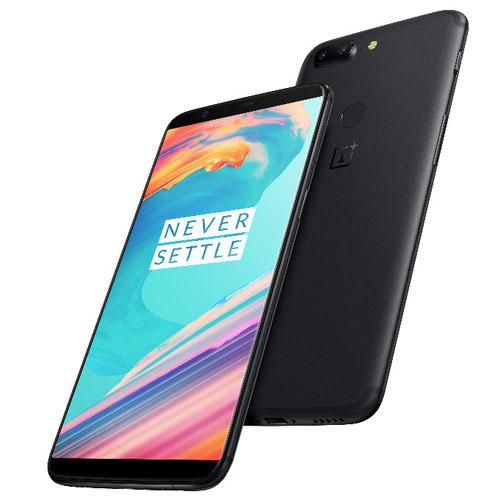
My dad was lurking on my OnePlus One, so I took the opportunity to buy myself a new phone. I finally got used to the 5.5-inch form factor, and I excluded the option to buy a phone with a locked bootloader. The OnePlus 5T appears to be the best option to replace my One. I really enjoy this phone. It's so fast that it's able to handle 2018 websites bloated with tons of JavaScript.
So far, it's working amazingly well. The battery lasts almost two days, and I appreciate the dual SIM feature.
OnePlus One
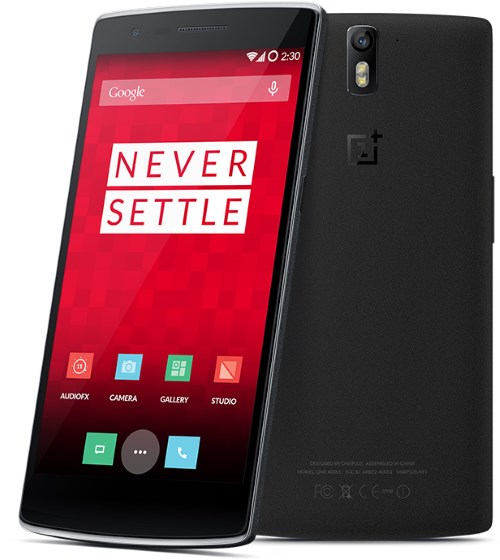
I was tired of the bad camera on my Nexus 5. I decided to try a OnePlus. It really is a good device, even more when you consider the price. It takes great photos and is very fast. Unfortunately, it is definitely too big for me. I now know that a good size for my hands is no more than 5 inches.
Like many people, I've faced issues with the touchscreen. They appear after the phone has stayed a long time at a hot location. Fortunately, an update to the ROM solved the problem. I didn't like at all how OnePlus handled the problem; they need to be more transparent.
Nexus 5
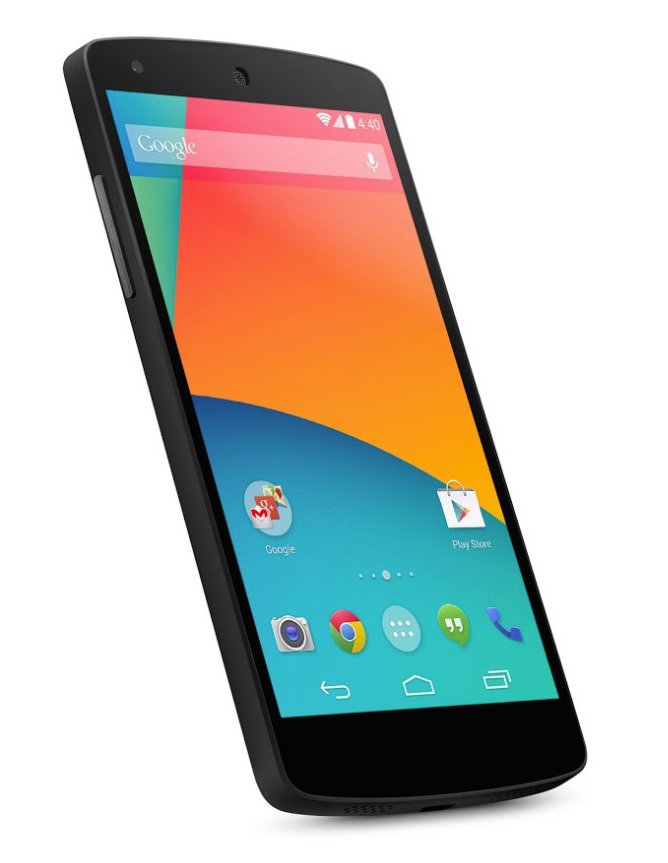
Fourth Android phone and second Nexus. A good evolution of the Nexus 4. I bought this believing it would take better pictures, as my new hobby is to take photospheres everywhere I go. Unfortunately, this is not the case. I am also a bit disappointed by the battery life, but this must be the price to pay for such a fantastic screen.
Nexus 4
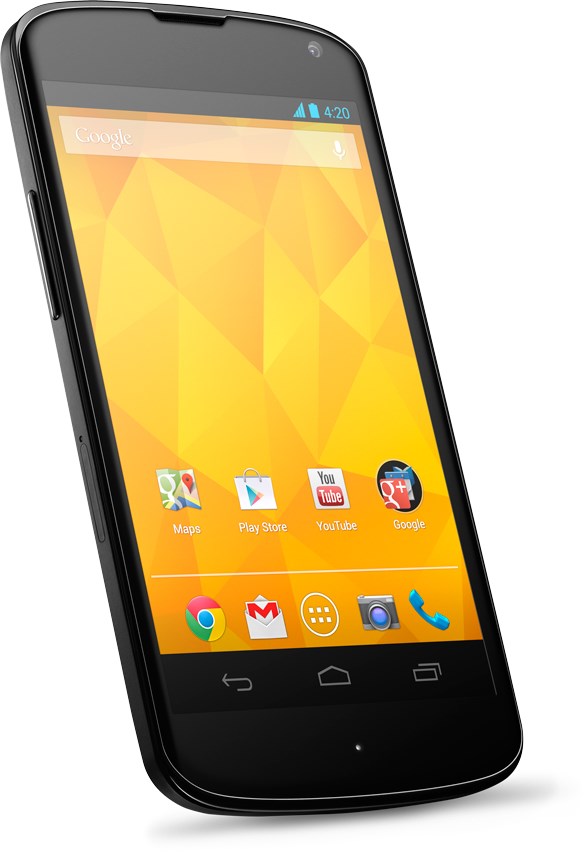
This is my third Android phone. Beautiful piece of hardware. The resolution is just stunning.
After using one HTC and one Samsung, both with custom ROMs, I would like to try the real Google experience. That's really a pleasure to not have to think about how you'll replace the original ROM five minutes after you unbox the phone. I'm missing some Cyanogen features, but I've spent enough time customizing my phone. Now, I just need a phone that works. And that is what the Nexus 4 does: everything just works out of the box.
Two days of battery life if you use it gently, fast, and stable. No more HTC or Samsung for me.
Samsung Galaxy S2
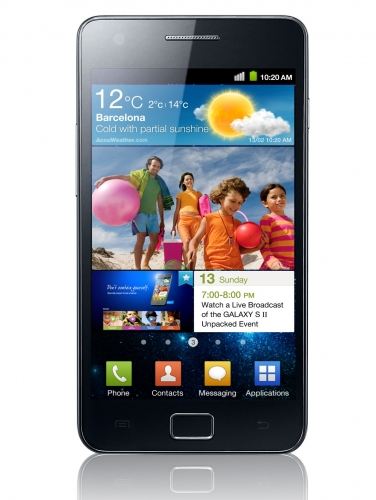
This is the Android phone I used in 2011. I needed a second phone, so I chose this one. Wonderful screen, amazingly thick, very lightweight, and so fast. There's nothing more to say about the hardware. It's very impressive.
Concerning the stock ROM, I don't like it. Samsung is trying to make a copycat of the iPhone, and it's ugly. There is also a lot of bloatware included. I kept this ROM one day before installing a new one: Cognition. I've then switched to the Oxygen ROM and I'm now using Cyanogen 10.
The main default, again, is autonomy. With the original battery (1900mAh), you have one day, not more. However, I've recently bought the official Samsung 2100mAh battery, which can power the phone for two to three days. Don't hesitate to let it reach the last percent of juice.
HTC Desire
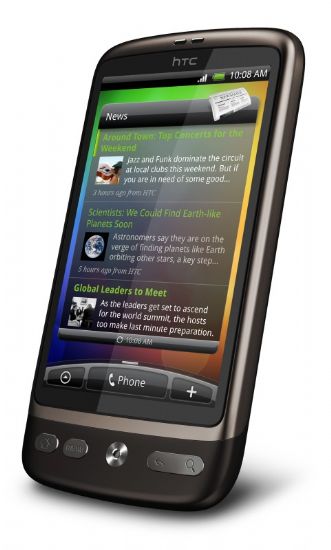
One of the best 2010 Android phones. Technically beautiful (or quietly brilliant) with a wonderful OS. This phone is superfast and very usable. The screen is beautiful, the covering is nice, and the phone is solid. Integration with Google services and social networks is close to perfect, thanks to Sense. Android is a wonderful OS; the customizable home screen is very useful, and some applications are very cool.
Mine is rooted, of course! After some months with a custom 2.2 ROM from Modaco, I now use a 2.3 AOSP ROM: Oxygen. I installed an OpenVPN client, so I can connect to my home from everywhere.
Its main default, like most smartphones, is one-day and a half autonomy. Too bad you can't use it for a week or more, far from a power plug. One more problem is that the screen is dual-touch only, meaning you can't play with more than two fingers. It's enough to pinch, but I expect more, and it won't work with the new rotating feature added in the latest version of Google Maps.
Axis M1031W
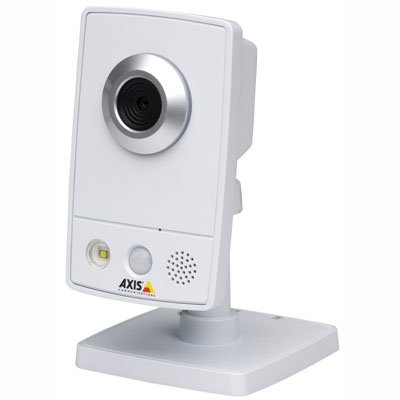
A nice video camera. With this and my VPN, I can watch my hall from anywhere, anytime. I'm not sure if this is useful against robbers, but it's pretty geeky, isn't it?
The video quality is excellent, and the web interface used to manage the camera is surprisingly fast and complete. There are plenty of settings: you can manage users, choose the format of the video stream, or rotate the image. It embeds a motion detection mechanism. I use it with my NAS to record the stream as soon as movement is detected. As a funny bonus, you can play sounds directly from the camera.
Fonera
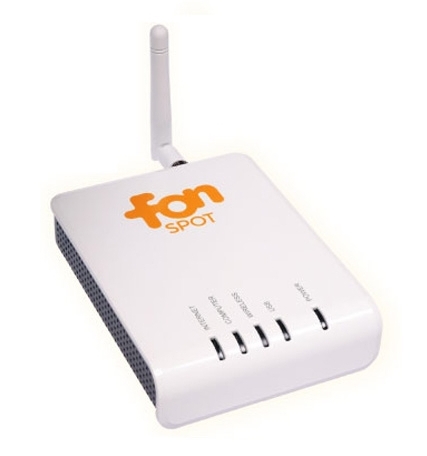
I own a Fonera to share my Wi-Fi connection. Check the Fon website if you don't know what it is.
I'm a bit disappointed with this one. Barely updated and not enough open. Some options are locked. For example, you can't disable the private Wi-Fi channel. It's a real pity for a product you've bought to contribute to a community. Anyway, it works, but mine was rarely used. To be honest, I also never used my Fon account to connect to the internet because I never found a place covered by another Fonera.
The day after I thought about a shutdown of my Fonera, I found a place to use my account. One internet provider in Antwerpen, Belgium, has a deal with Fonera, so you can connect a lot of hotspots in the city thanks to your account.
Siemens Gigaset S685IP / SL85H
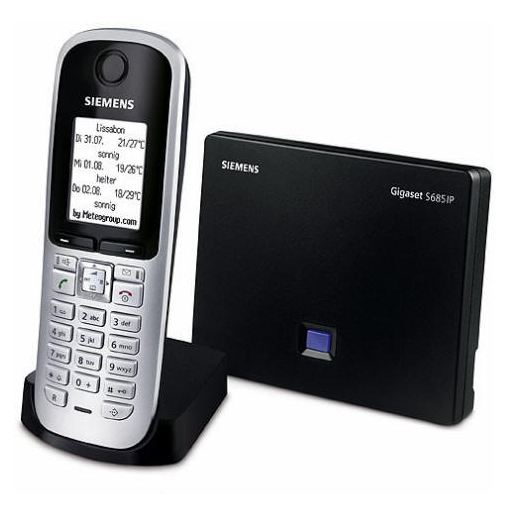
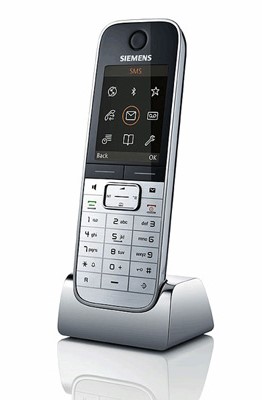
A good VoIP phone. A base takes care of the VoIP stuff, and you can link one or more handsets to it. I chose the beautiful SL78H handset to replace the ugly one bundled with the base. Technically, it works well. Unfortunately, the user interface is awful. The phone itself is so lazy. The web app, too. You can't easily manage your contacts from the web app since contacts are recorded directly on the phone and not on the base. Moreover, there is no easy way to switch between VoIP providers.
There is not a wide choice of non-professional VoIP phones. I don't want to have a big wired Cisco device at home, so this phone is still a suitable alternative for now.
The tablets
A few years ago, when smartphones were not bigger than 5 inches, I was using a tablet. It was very useful during my vacations to check Google Maps or read some news. Now I only use my phone. Here is the list of tablets I used.
LG G-Pad 8.3
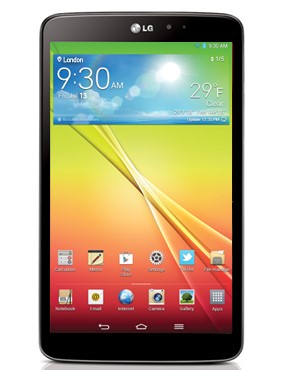
After my bad experience with my Nexus 7, I chose this new tablet, which is a little bigger. I would have bought the Google Play Edition (GPE) if it was available in Europe, but it was not. Instead, I got the LG version, confident that I would be able to replace the LG ROM with the GPE ROM, so I don't see LG bloatware anymore. In fact, I had a terrible time unlocking the bootloader, only to discover that it is not possible to flash the Android stock ROM. I still don't understand why manufacturers lock their devices. It just gave me another reason to buy only unlocked devices.
Putting aside problems with the ROM, the rest is pretty good. 8 inches is a good size, and every Android tablet looks like other Android tablets. It is actually a good thing. The device is just a tool, a piece of hardware, to do your stuff on the web. I like the idea.
Nexus 7 2013
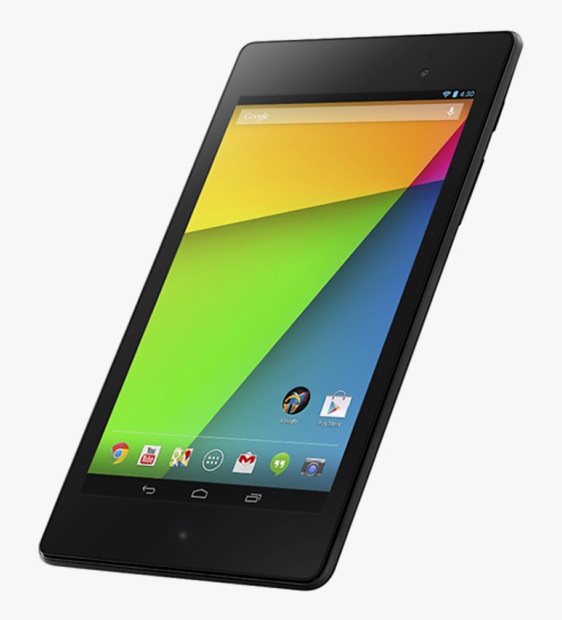
As I was pleased with my Nexus 7 2012, I bought the new version. This tablet is a great update to the 2012 version. The screen is even more wonderful, and it is even more lightning fast. Everything an update should be.
I've got nothing more to say. The Nexus 7 series is a fantastic lineup. I discovered that 7" is a good size for me compared to 10". I could possibly try an 8", but certainly not something bigger.
Unfortunately, after 6 months of use, the screen starts flickering, as shown in this video. As I bought it in the USA, Asus France would like to charge me almost the price of the tablet to do the repair.
Nexus 7 2012
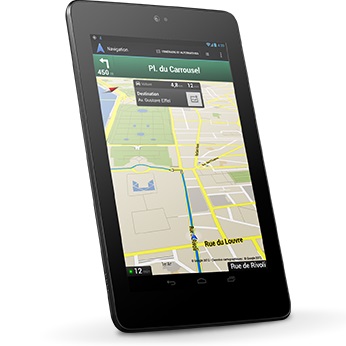
After almost two years spent with my Galaxy Tab, I learned how to use a tablet and what my needs are. I took my Galaxy Tab on any of my trips, and it was a real pleasure. I totally forgot my notebook. So when Google released this new 7" tablet for 249€ I rushed to the Play Store to buy one. This tablet is very, very nice. The screen is wonderful, and it is lightning fast. Some problems I had with the Galaxy Tab disappeared. It is effortless to switch between apps (because of the dedicated onscreen button and because it works instantaneously), the keyboard is better, and the screen definition allows a better web experience.
This tablet comes with a pure Google experience. No more bloatware and no more Samsung crap. If, like me, you like Android as it is in its Git repository, it really makes things easier: no more research on the XDA website to find new ROMs; no more installation of kernels or modems to be able to erase the Samsung skin. I just unlocked the bootloader with two commands and became root to run some powerful applications that I like. And with this tablet, you have the new version of Android two days after it was announced. I'm really pissed off with Samsung trying to transform Android and hiding it. I'm pretty sure my next mobile devices will be Nexus devices. Bye bye, Samsung, and it is a pity for their good hardware.
By the way, my opinion of tablets didn't change. It can still only be used for consumption, even if it's true that the web starts to pay attention to mobile users, so you have a lot more mobile websites and no more flash everywhere.
Samsung Galaxy Tab
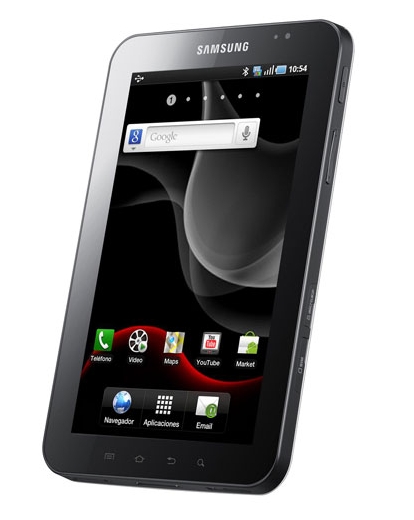
I've had an opportunity to get this tablet. This is not a product I would have bought without a specific occasion because I wasn't sure I needed this kind of device. So now I have one. It's a wonderful device. Very light and well-designed. An unbelievable screen. You can handle it with one or two hands in any direction, and it almost fits in a pocket.
The default ROM is a mess. Samsung tries to skin the Android launcher like an iPhone, and it's ugly. The browser is slow and doesn't resize text to fit the screen. Of course, you can download some applications from the market to replace this crap, but it's a pity to ruin Android like that. I've first replaced the default ROM by Overcome, a custom ROM that adds some improvements. Now I'm running Ice Cream Sandwich thanks to Cyanogen guys. By the way, some Google apps are outstanding, like Earth; it's a real pleasure to "browse" our planet with two fingers.
I think tablets can exclusively be used for media consumption. Read e-mails or Google Reader, watch a YouTube clip or some pictures, but don't try to use them like PCs. As soon as you have to produce something, you'll be frustrated. Writing something is a pain, even on the big screen of the Galaxy Tab. Nothing will replace a real keyboard.
Android OS is also not tablet-ready. Switching from an app to another requires too much time, and I dare you to have a Gtalk intermittent discussion with a distracted friend while reading a website. Moreover, don't think a 7 inches screen will give you a nice Internet experience: too many websites have a fixed design and Flash is still everywhere. You can't use anything without an app, and I really dislike telling this.
HP TouchPad

You know the story. HP bought Palm, launched WebOS and the TouchPad, then announced it would kill everything. At that moment, I rushed the 129€ TouchPad 32Go. I would like to test WebOS, and the perspective of an Android installation was very attractive. I found WebOS very impressive. Multitasking management is far better than on Android or iOS. Most of the applications have a similar design, thanks (or due) to what seems to be a very restrictive UI API (à la iOS). Unfortunately, WebOS system is slow, very slow, very very slow. When you switch from a Galaxy S2 to the Touchpad, you have the feeling that you are always waiting for the system. I've installed Android in dual boot, and it works like a charm, faster than light, proving the hardware is not deficient.
Anyway, it was a good deal. Even if the design is very cheap and the front camera takes pictures like 80s Polaroids, you have a fully functional 10" tablet for less than a fifth of the Galaxy S2 price.
The laptops
I'm more of a desktop PC guy. One at home, one at work. I only use my laptop when I'm moving around (that is the purpose of a laptop, right?).
Dell XPS 13 9380 (Early 2019)
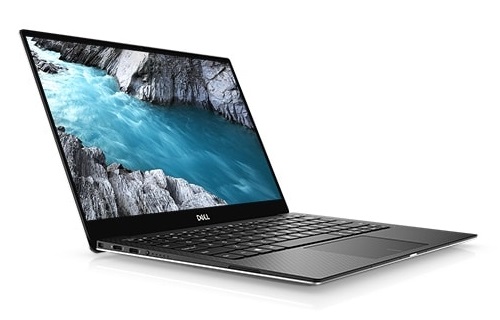
Same brand, same size, same lineup. Never change a winning team. I really enjoyed my previous XPS, so I bought the newest version. The hardware is almost perfect. I wish the screen took up all the available front space. Instead, you have a big "Dell" logo at the bottom. Fortunately, this has been fixed in the 2020 model.
I formatted the hard drive to install Debian testing. It's very fast and convenient to use. The only issue is that sometimes it fails to enter hibernation mode. I hope this will be fixed in a future version of the Linux kernel.
Dell XPS 13 9350 (Late 2015)
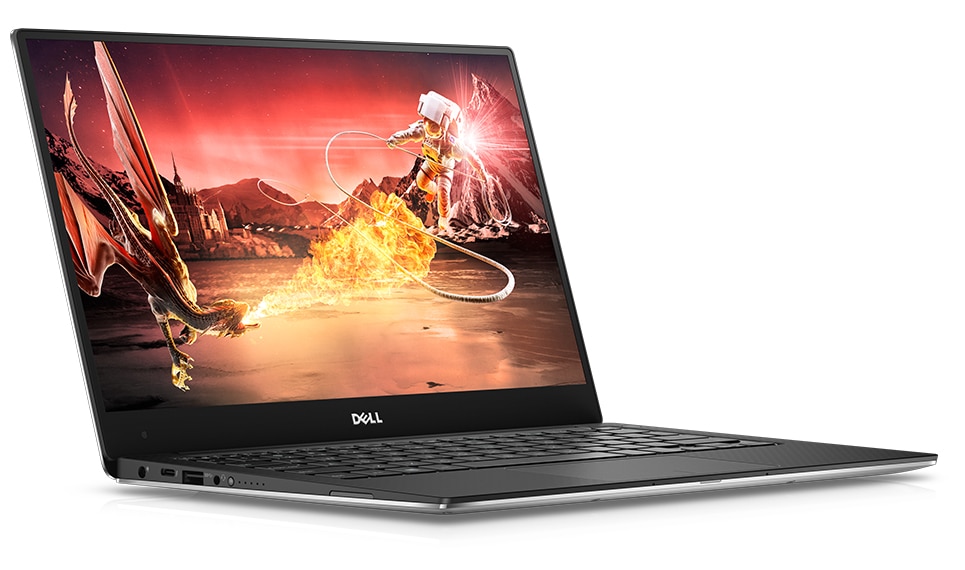
I needed a new laptop (a real one, not a toy like my previous HP). I mean a laptop on which I can do development and that is easy to move around. Furthermore, I had been watching Dell XPS for a long time, and this 2015 version seemed to be very interesting, so I bought one. The screen is stunning, the autonomy is huge, and the performances are good. What else? It is really a nice working tool. This new generation of laptops is powerful enough to write code under good conditions. I was hoping to install Linux, but the Wi-Fi card is not supported (yeah, that still happens, but it will be supported by kernel 4.4) so I installed Windows 10 instead. I realize I don't really care about the OS because the environment I need is available for every OS.
If I had to describe the perfect laptop, I would certainly begin by describing this one. Then I would add more autonomy and remove 30% of the weight. I would also replace the horrible power brick with a USB 3 charger.
HP Mini 311C
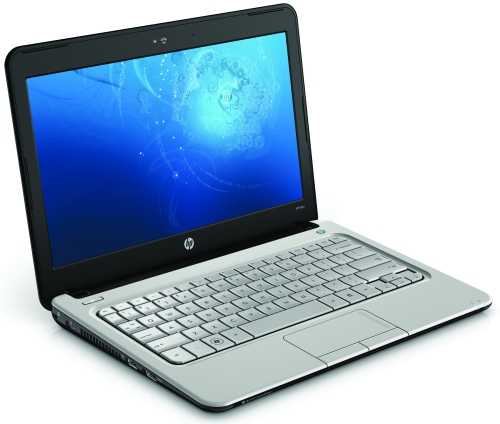
This is my first laptop. Yeah, for real, I never owe a laptop for my personal use. I never felt the need. Then came netbooks, which were cheap and simple. The Mini311C was the best in its category, so I decided to buy one just in case. To be honest, I spent more time experimenting with all the Linux distributions than actually using it. I ended up installing Windows to make everything functional. The keyboard is cheap, and the tiny touchpad doesn't work well. But you get what you pay for: a working computer with an 11"6 screen, 3GB of RAM, an nVidia ION, a 250GB HDD and a fair battery life. With this, you can browse Google Reader, watch HD movies on the plane, or take notes.
I don't believe tablets will replace notebooks. Have you ever tried to take notes during a meeting with a tablet? You can type on a keyboard while focusing on the speaker. You can't do that with a touchscreen.
Philips HomeRun
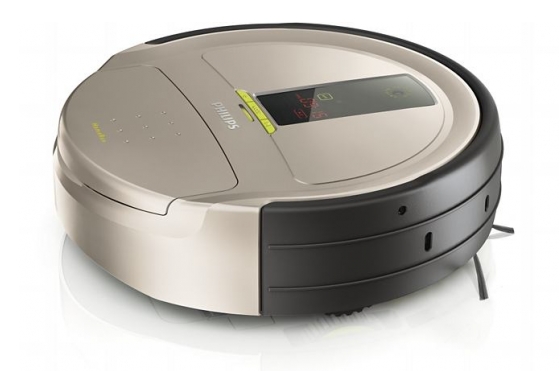
Ok, I know this is not really technological equipment, but it's the first vacuum cleaner with a USB port I own. It achieves fantastic results if the floor of your house is arranged neatly. It manages to circle almost every big obstacle. Just be sure to keep wires away from its path because of the two rotating brushes in the front.
The software used to run the doodad is Linux. Sounds good, yeah? I can't wait for some tweaks with custom firmware (because, yes, you can now flash your vacuum cleaner). For now, the first version of the Philips firmware is not that good. The main issue is that it lacks many options. You can program it to start a cleaning session at a specific hour, but you can't schedule it for an entire week. I really hope this will be added to the next firmware.
Philips Hue

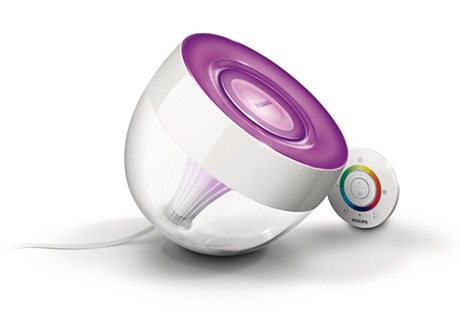
My first home automation item. It took me a long time to decide to buy these lights. I already own several Philips LivingColors (the equivalent of Hue with the lamp around the bulb and a remote controller), and I would like to be sure that they are compatible together and that I will be able to control everything with my remotes. The original idea with the Hue is to control your lights with your smartphone, but I find this very unpractical.
After one entire evening spent setting up all the lights and remotes, it finally worked. The result is pretty nice, and it is enjoyable to turn the lights on and off directly from my desk. I have to say that sometimes I miss my wall switches. I'm now playing with IFTTT to do useful automations, such as making my lights blink when I receive an important email.
The wearables
WakeMate
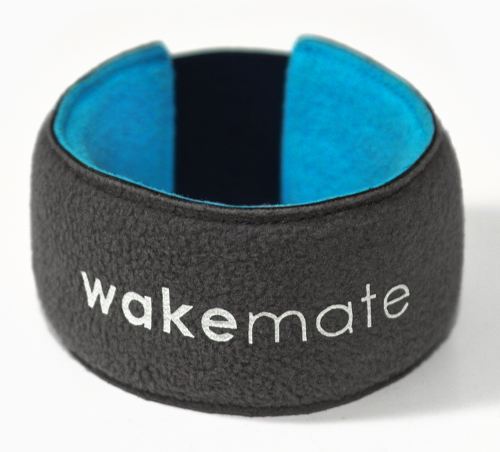
Again, this is not really technological equipment, but it's pretty cool. This wristband, coupled with a smartphone, will analyze your nights and wake you up at the right moment.
Wear this little device, link it to your smartphone over Bluetooth via the application (Android or iOS), set your alarm time, and you're ready to sleep. Your phone will wake you up at the right moment, retrieve your sleep data, and send it to the WakeMate server, where you can see some nice graphs and benchmarks.
The concept is cool but not well executed. The Android application is full of bugs, and I've lost the data of many nights. The worst is that there has been no update since July 2011. The website is pretty but has some annoying bugs. However, the company behind this is still young, and I hope it will improve in the near future. For now, I don't recommend this toy for those who own an Android device.
Unfortunately, the startup behind this product went bankrupt. The wristband now lies by my bedside. The shame is that I can't get my data back from their website!
Fitbit

I'm sure you know about this device. I wore it for some time. The hardware is excellent: light, water-resistant, and with good battery life. I like the vibrating feature, and I am convinced this could be used much better.
On the software side, it's not so good. The Android application and the website could be much better. The worst is that you have to pay to download your data as a CSV file. After my previous experience with the WakeMate, I feel bad about this.
I also rely on the Fitbit website to log everything I eat. This is very constraining, but I decided to be rigorous for several months. For now, I don't know what to do with all this data, but I'm pretty sure I'll find a good application in the future.
The sport devices
Garmin Edge 1040
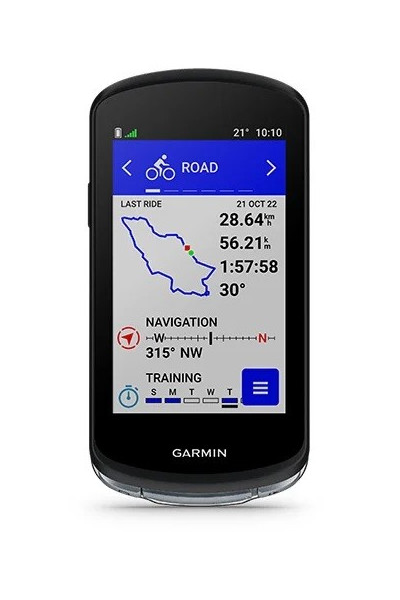
The battery of my Edge 520 was dying and I had the opportunity to buy the shiny Edge 1040 at a highly discounted price. I was also eager to have a built-in map for my mountain bike rides, to avoid reaching for my phone in my backpack at each fork.
I'm disappointed by the bulky design, especially the size of the bezel. The navigation is still too complicated. However, the battery life is exceptional.
Garmin Edge 520
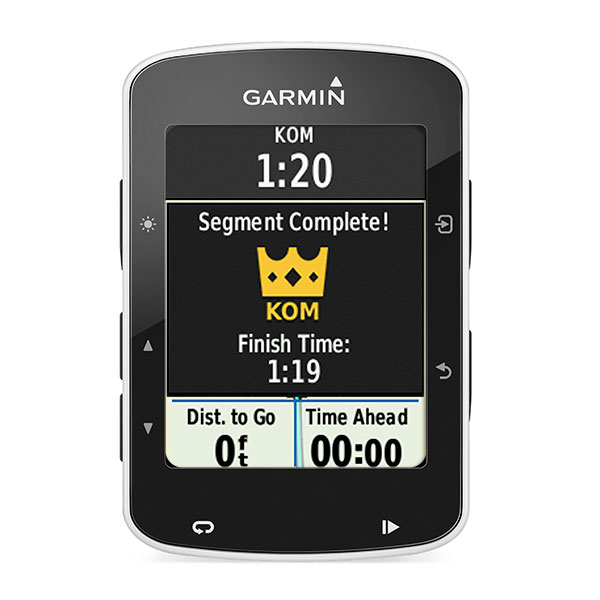
The shiny update of the Edge 500. I bought it because it is much more precise than the Edge 500, and can find the GPS signal much faster. I really enjoyed their new speed and cadence sensors that use accelerometers instead of magnets. This makes these sensors more resistant and easier to set up.
Navigation in device menus is not as easy as it was on the Edge 500, even if they added two buttons. The screen, which now displays colors, is not good.
Garmin Edge 500
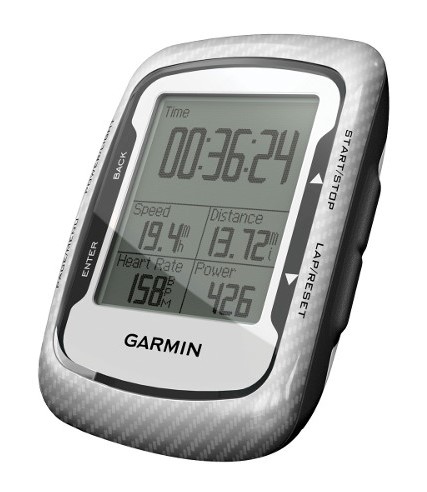
I enjoy riding my bike during my leisure time. As soon as I discovered Garmin products, I decided to buy the Edge 500. It is an excellent and very resistant device (mine already got a free ride in a washing machine without any issue). It gives you all the information you need when you are on your bike, and you can store all your activities on the Garmin Connect website. You can gather even more data if, like me, you buy their heart rate monitor and cadence sensor.
However, I am not happy with Garmin's new developments. They recently released a new version of the Garmin Connect website, and features I was using regularly are now buried in unclear menus. The ergonomics are also poor. As proof, it is still possible to use the old version of the website almost two years after the release of the new one. Moreover, they try to force you to use their own Garmin Express software to manage your device. Before that, as the Edge 500 behaves like a USB key when you connect it to your computer, you could easily upload your activity files to their website from any computer.
Garmin Fenix 7
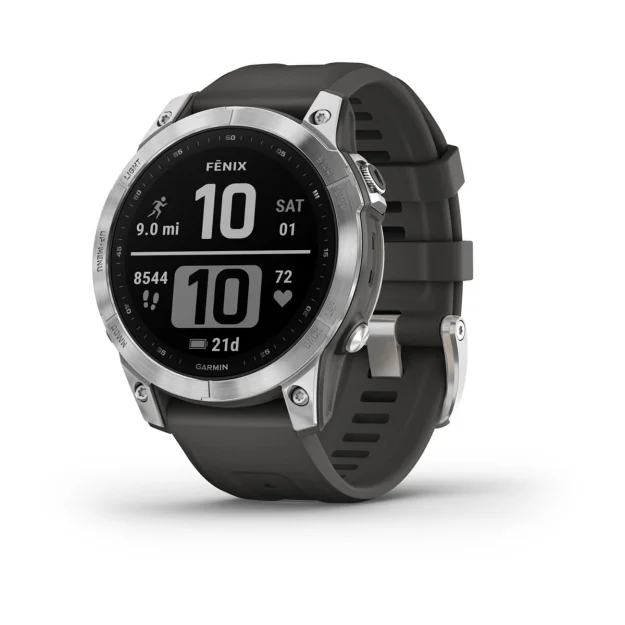
Same as Fenix 3, but better. They improved the hardware with a better screen, better battery life, and a touch screen. The software has been updated as well: it now has integrated maps, it is more reliable when swimming in an indoor swimming pool, and it is now possible to synchronize my saved locations to my Garmin account thanks to the Garmin Explore application. Perfect!
The only downsides are the companion apps and websites. They are slow and buggy. Also, I don't understand why Garmin highlights the golf activity so much. Golf is everywhere, and you cannot tell them once and for all that you are not interested in it. It's not even possible to remove the map of golf courses from the watch to reclaim some precious megabytes.
Garmin Fenix 3
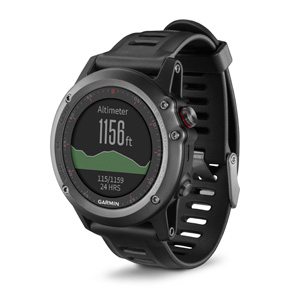
After I bought my Edge 500, I discovered myself using it a lot more than just for cycling. I used it when I was skiing, running, or even during boat or plane rides. As you can imagine, it was not very comfortable to have it in my pocket. The GPS signal was not optimal, and it was annoying to reach for my pocket every time I needed to read some information. Therefore, I decided to buy the more appropriate Fenix 3. I am very pleased with this watch. Using Bluetooth connectivity, it synchronizes wirelessly with my phone and automatically uploads my activities to the Garmin Connect website. All the sensors I bought for the Edge are compatible with the watch.
Compared to other more fashionable watches, it is clear that the Fenix 3 cannot be worn every day. It is far too big and heavy. But when you're doing sports, you can be assured that it will not run out of battery (mine can do GPS tracking for more than a day and can stay on for an entire week). It can also be used while swimming and can even detect your swimming stroke.
TP-Link TL-WR702N
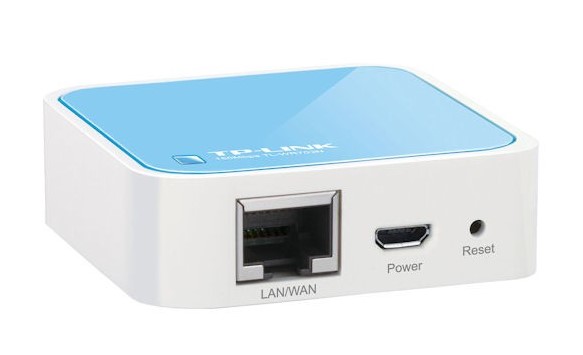
This is the perfect router for travel. Tiny (57*57*18mm) and powered through a micro USB (you can use your smartphone's power adapter). This is a must-have when you're in a hotel with only wired internet access. The configuration UI is functional, and the Wi-Fi works like a charm. Moreover, it is very inexpensive. An excellent choice!
Futuro Cube
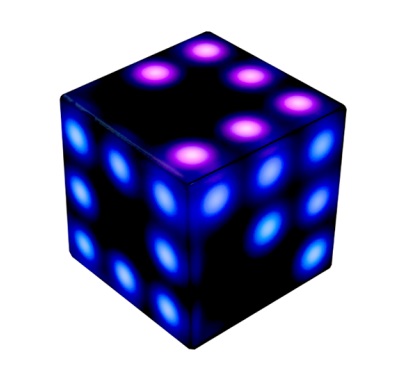
I've been offered this "thing" for Christmas 2017 because I played a lot with different Rubik's cubes during the year. First, this toy is not an electronic Rubik's cube. It's much more than that. Basically, it's a cube with nine colorful LEDs on each side that also has an accelerometer, a speaker, and a micro USB port. It comes with a set of pre-installed games that are very enjoyable (special mention to "Snake"), and you can add games or apps from the internet using the USB connection. Among these apps, there is one that mimics the genuine Rubik's cube, but it's very hard to play because you cannot choose the rotating direction of the selected side. Currently, the most interesting games are the ones that are installed by default.
My favorite feature is the SDK. It's super easy to start tweaking the cube and to write your own application.
You can read more on the website of the project: Futuro Cube.